Feel Electric - Episode 4: Feeling
Engineering the heart and soul of driving
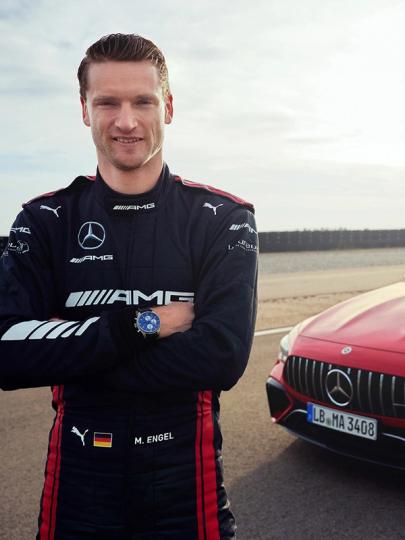
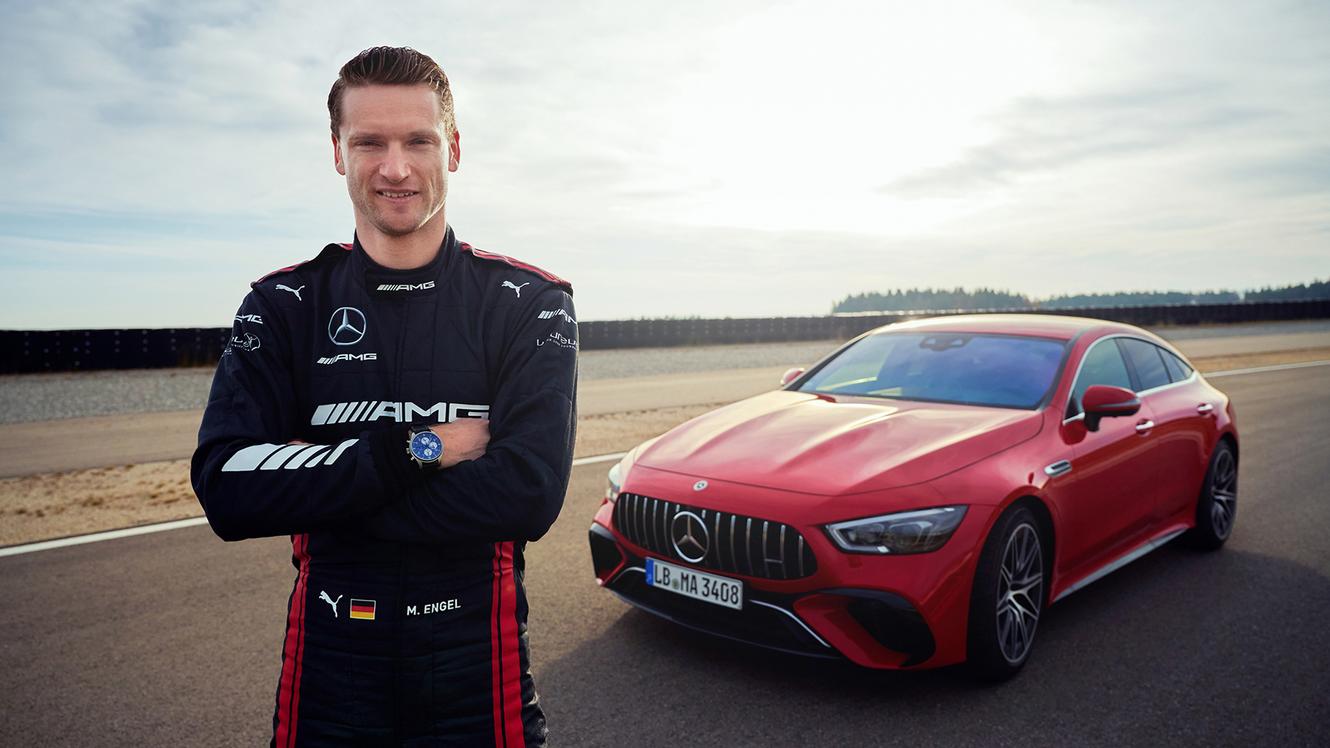
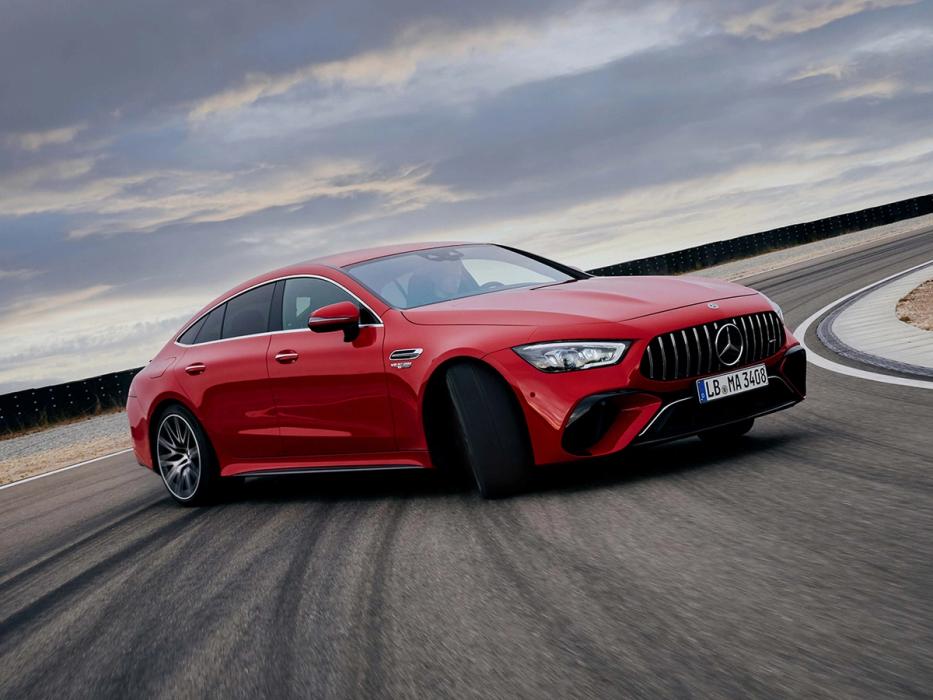
Performance Luxury is a full-sensory experience. That has always been the case at Mercedes-AMG, and it is also the core value of the electric evolution. In our "Feel Electric" series, we deliver an emotional insight into the exciting present and future of AMG. We take you behind the scenes, which means it's off to the race track where Mercedes-AMG GT3 driver Maro Engel shares his enthusiasm for the Mercedes-AMG GT 63 S E PERFORMANCE. Meanwhile, Jochen Schmitz, Head of Hybrid Operating Strategy and Powertrain Electronics at Mercedes-AMG, explains the technology bringing it all to life.
It begins with a gentle rumble, like a distant thunderstorm gathering behind the Mercedes-AMG Test Center in Immendingen. The sound comes closer. Quickly. Dramatically. The high-frequency tire squeals blending into the dull beat can only belong to the ignition sequence of a powerful V8. Then the "orchestra" appears. Red, sideways, and in perfect balance, the Mercedes-AMG GT 63 S E PERFORMANCE drifts around the bend.
Maro Engel captains the coupe with deft, precise impulses at the steering wheel. He grins happily, visibly thrilled by the power with which the four-door catapults itself from one curve to the next.
The Mercedes-AMG GT 63 S E PERFORMANCE is a fantastic car. It has so much character, so much power. It puts a smile on your face.

Not that he's surprised by its sheer power. "It's obvious when you read the performance data," he says. The spec sheet reveals an output of 843 horsepower, along with more than 1,400 Newton meters of torque when the 4.0-liter V8 and Electric Drive Unit (EDU) are running at full capacity. The GT 63 S E PERFORMANCE is the most powerful production car ever to come off the production line in Affalterbach. It reaches 100 km/h in 2.9 seconds, and after less than 10 seconds the slick digital speedometer reads 200 km/h.
But for Engel, performance data is only part of the equation: “The engine, transmission, and chassis combine to produce the driving experience. You only have a great car when everything is in harmony." In other words, an emotional driving experience doesn't just fall into engineers' laps. They have to design it into the car.
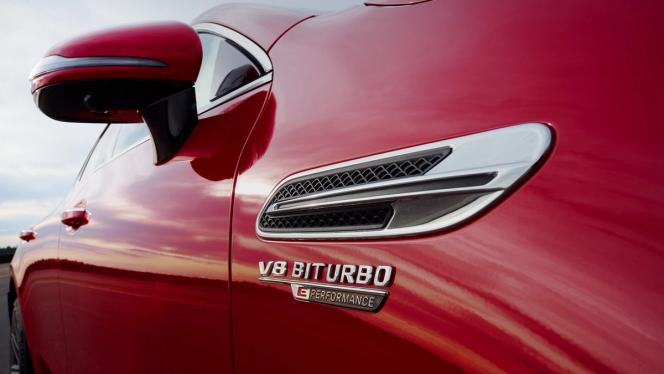
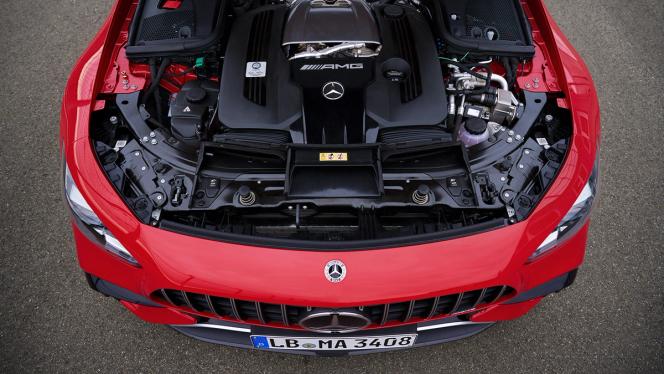
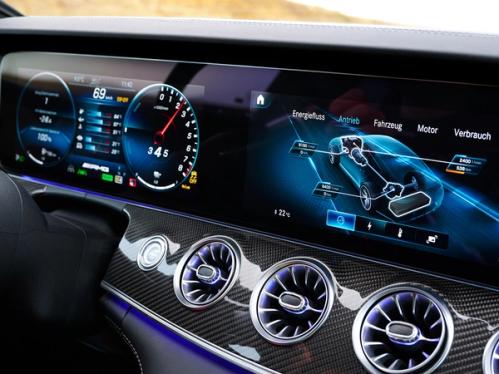
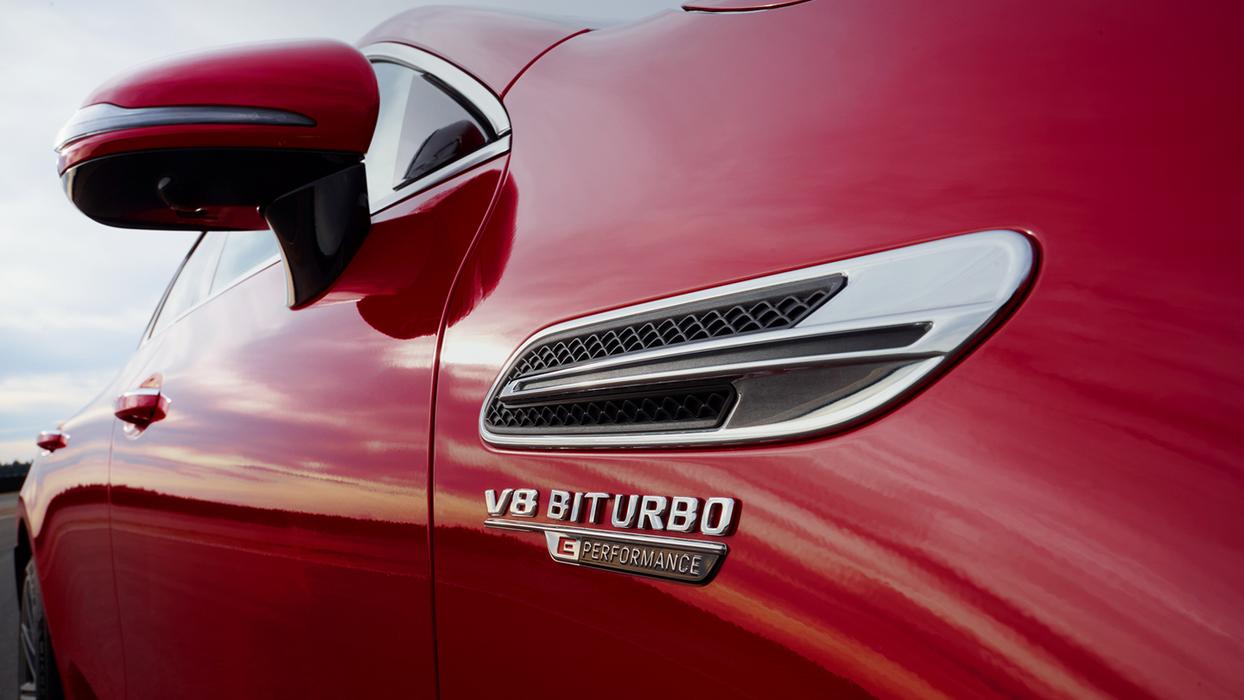
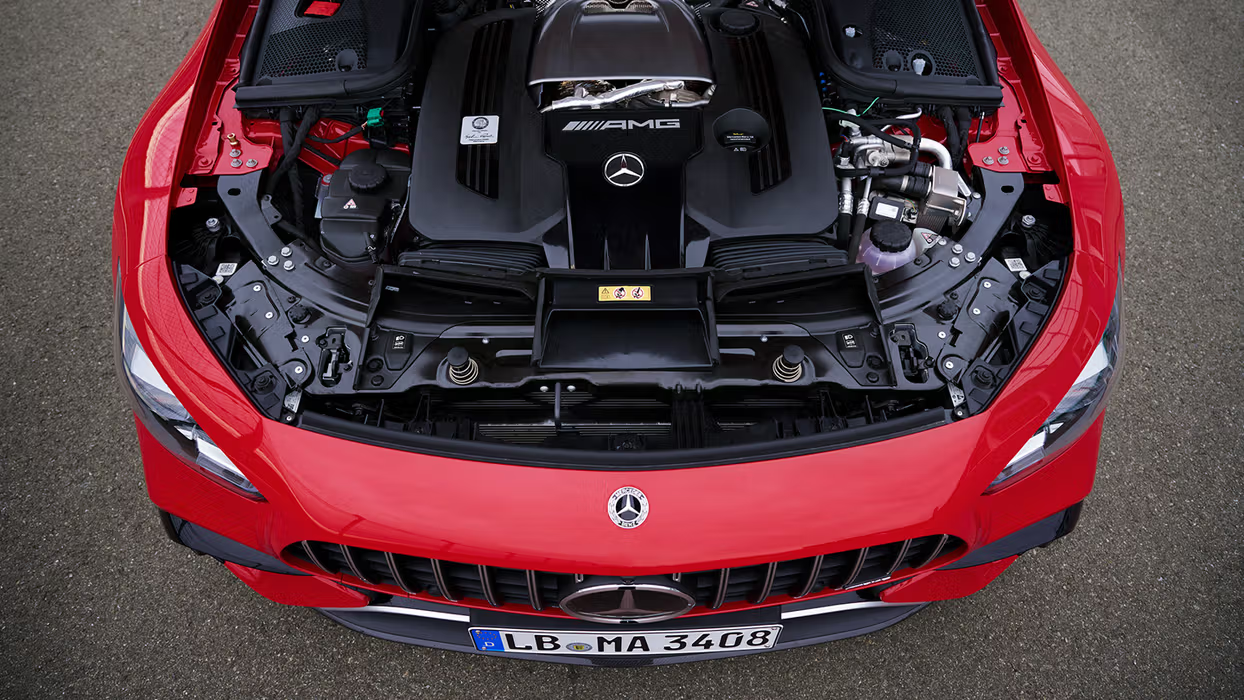
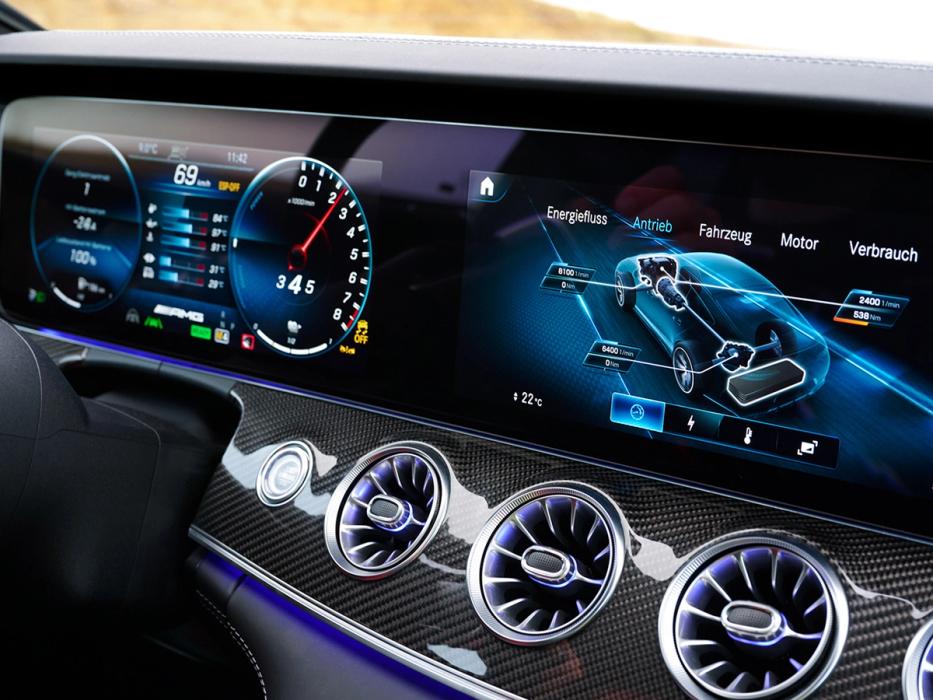
To understand this, the rather dry term "specifications" helps. This is where a vehicle's technical data are defined. But not only that – at Mercedes-AMG, the "emotional specifications" are just as important. "That's where our AMG DNA is," says Schmitz. It describes in detail how a car should behave. It's like a crosshair, which we use to target exactly what we want." For every Mercedes-AMG, this includes comprehensible and reproducible driving behavior that reflects all Driving Performance values. As Engel puts it, "For me, the perfect car has to respond immediately to my inputs. Steering, braking and acceleration must be implemented as directly as possible."
The challenge of achieving such a balance grows in a performance hybrid like the GT 63 S E PERFORMANCE compared to a pure combustion engine, where the accelerator pedal is directly connected to the throttle. "To optimally implement the driver's desire for power and propulsion, EDU, RSG, combustion, and two transmissions are available," Schmitz explains. "They have to be controlled accordingly. This is an engineering challenge of the highest order."
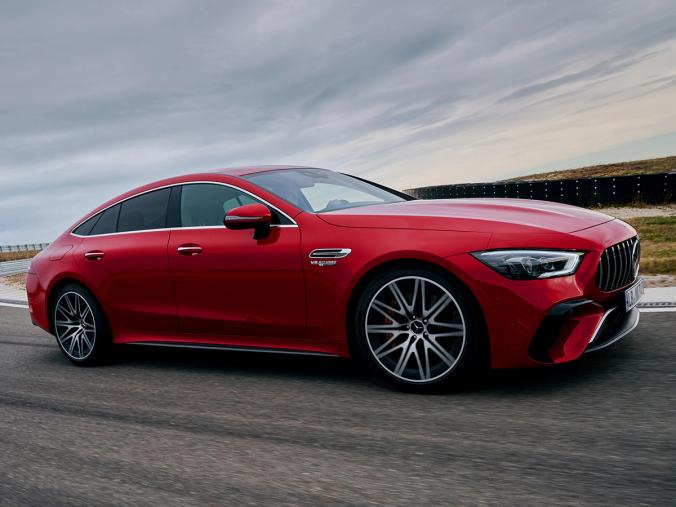
How they are controlled influences the driving experience in every situation. Schmitz cites sound as an example: "Emotionality is shaped both by driving dynamics and by the sound experience. With a combustion engine, sound and torque and power are almost directly coupled." That’s not the case with an electric drive. "It can make sense, for example, to charge the battery during moderate driving," Schmitz explains. However, this requires the combustion engine to perform more than seems natural in the driving situation. "It becomes much more challenging to create that harmonious feeling."

If you ask Maro Engel, the developers have met the challenge with flying colors: "The GT 63 S E PERFORMANCE combines the best of both worlds for me," he says, describing the interplay between the components. "There's the fantastic-sounding 4.0-liter V8 biturbo, which with its 639 hp is an impressive piece of performance engineering in its own right. Then you add the electric powertrain, which generates another 204 hp, and the two work in perfect harmony."
Similar solutions are required for braking. The Mercedes-AMG GT 63 S E PERFORMANCE makes efficient use of its immense kinetic energy by recuperating during deceleration – i.e. it feeds energy back into the high-performance battery. For optimum recuperation, the brake pedal is decoupled from the friction brake. Braking nevertheless feels consistent. At Mercedes-AMG, this is done via a vacuum-independent brake booster (iBooster). "This allows us to achieve a seamless pedal feel and maximum flexibility between friction and recuperative braking," explains Schmitz. What does the race driver have to say about it? "You feel virtually nothing from the energy recuperation. And it happens so quickly that you have full power available at all times." Challenge mastered.
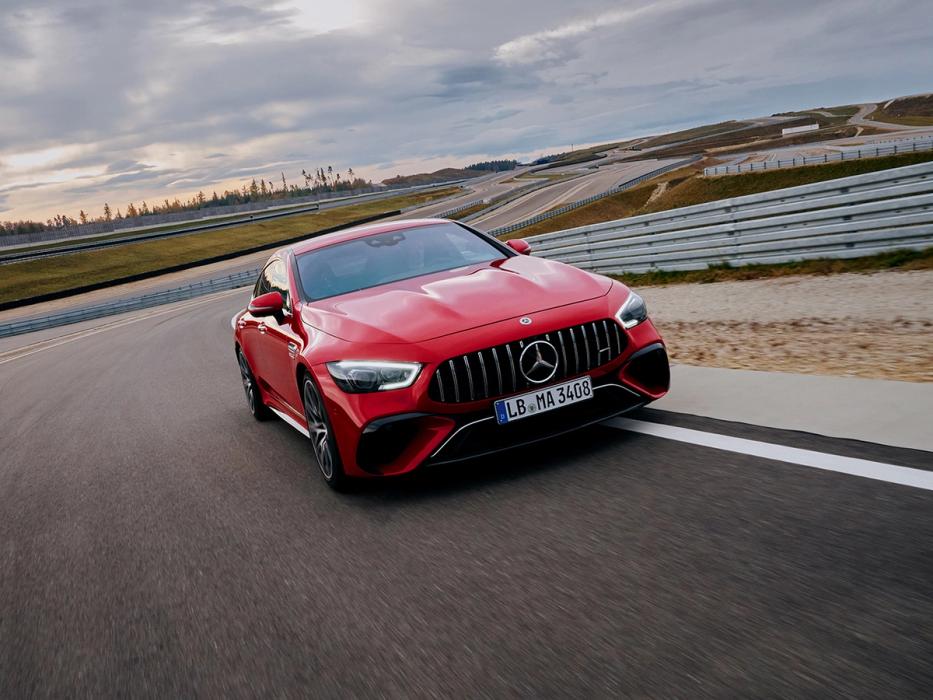
And what about handling, which Engel mentioned is just as important as the engine and transmission when it comes to the driving experience. Handling is primarily shaped by the interaction between steering and chassis. "A car has to feel precise when you turn in. You want to feel how the grip builds up as you drive through the curve so that you feel at one with the car," says Engel.
Mercedes-AMG masters this supreme discipline in performance automotive engineering like few others. And it is proof that the GT 63 S E PERFORMANCE is not just a plug-in hybrid, but a true performance hybrid. The battery, for example, has been optimized for power output and absorption. It was developed in collaboration with experts from the Mercedes-AMG Petronas F1 team. In fact, many solutions come directly from the premier class of motorsport. "The battery cells are cooled directly with oil, as in the F1 battery, to enable the highest possible continuous power output," explains Schmitz. "For fast lap times, however, high peak power is needed both during braking and acceleration," he says. The battery can provide 70 kW of continuous power, and 150 kW at peak. At the same time, the battery weighs only 89 kilograms with an energy density of 6.1 kWh. The power density is about twice as high as that of batteries without direct liquid cooling.
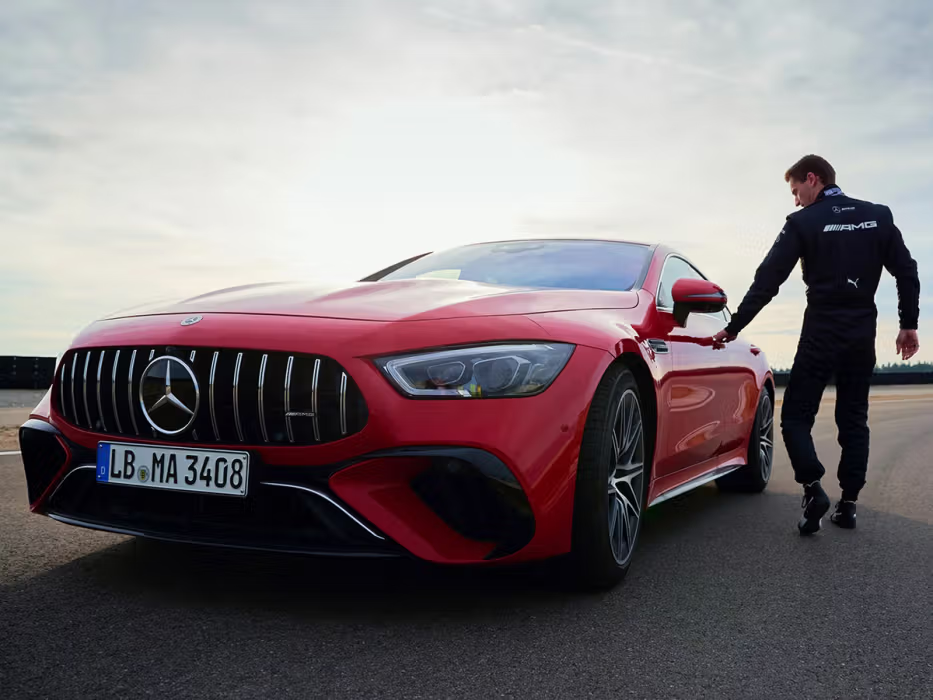
For Engel, the high-performance battery is one of the most impressive ingredients of the GT 63 S E PERFORMANCE. "It really stands out," he says, partly because it pays into what surprised him about the Performance Hybrid. "I didn't necessarily expect the great handling." After all, the electric drive adds weight to the car. Engel is impressed: "The battery and electric motor are integrated in such a way that the weight distribution is almost perfectly balanced." That helps when steering, braking, and in the curves. "Combined with the 4MATIC+ all-wheel drive, this gives you great traction when accelerating," Engel says.
Ah yes, the all-wheel drive. Here, too, the developers in Affalterbach made no compromises. The Electric Drive Unit combines the electric motor, a two-speed transmission, and the electronically controlled limited-slip differential in one compact unit. In the event of increasing slip on the rear axle, the transfer case also transmits the drive force to the front wheels in a fully variable manner.
Sounds complicated? It is, but "the effort pays off twice over," says Schmitz. "First, we achieve an optimal weight distribution of almost 50:50. At the same time, the powertrain with its full potential of combustion engine and electric drive is capable of all-wheel drive," he explains. "This has a positive effect on longitudinal and lateral dynamics, two of the most important assets of our vehicles."
It all circles back to emotionality. Complexity doesn't get in the way of it. Perfectly implemented, it can even add another layer of emotion: "The latest technology has always fascinated me. It's quite something to see what the engineers come up with. I know how hard they work to really be at the cutting edge," says Engel.
Schmitz adds from the belly of the development department: "AMG vehicles live from their emotionality. Every day, our developers invest their heart and soul in the technology required for this. Day after day, they strive to find the best possible solutions. The emotionality of our products is the passion of their developers cast in technology."
Jochen Schmitz sums it up in a succinct slogan: "For racers from racers." Engel's grin at the wheel of the Mercedes-AMG GT 63 S E PERFORMANCE confirms: That's exactly right.

AMG Vehicles
The spot for exciting updates regarding our AMG models including walkarounds, technical backgrounds and first-hand information from our product experts.
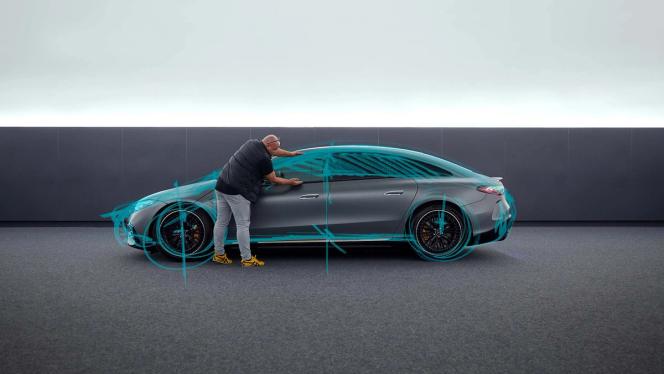
Electrifying experiences for the eyes
In the second installment of our "Feel Electric" series, we glance over the shoulders of the designers at Mercedes-AMG. They share how to celebrate e-performance as a visual experience with the classic emotional AMG DNA.
